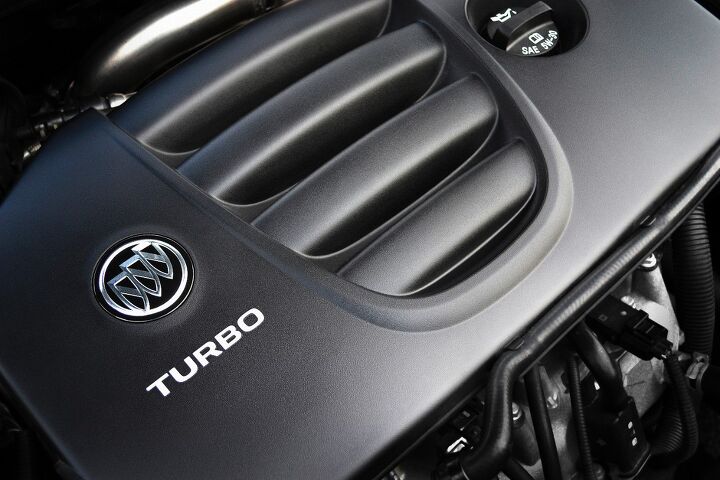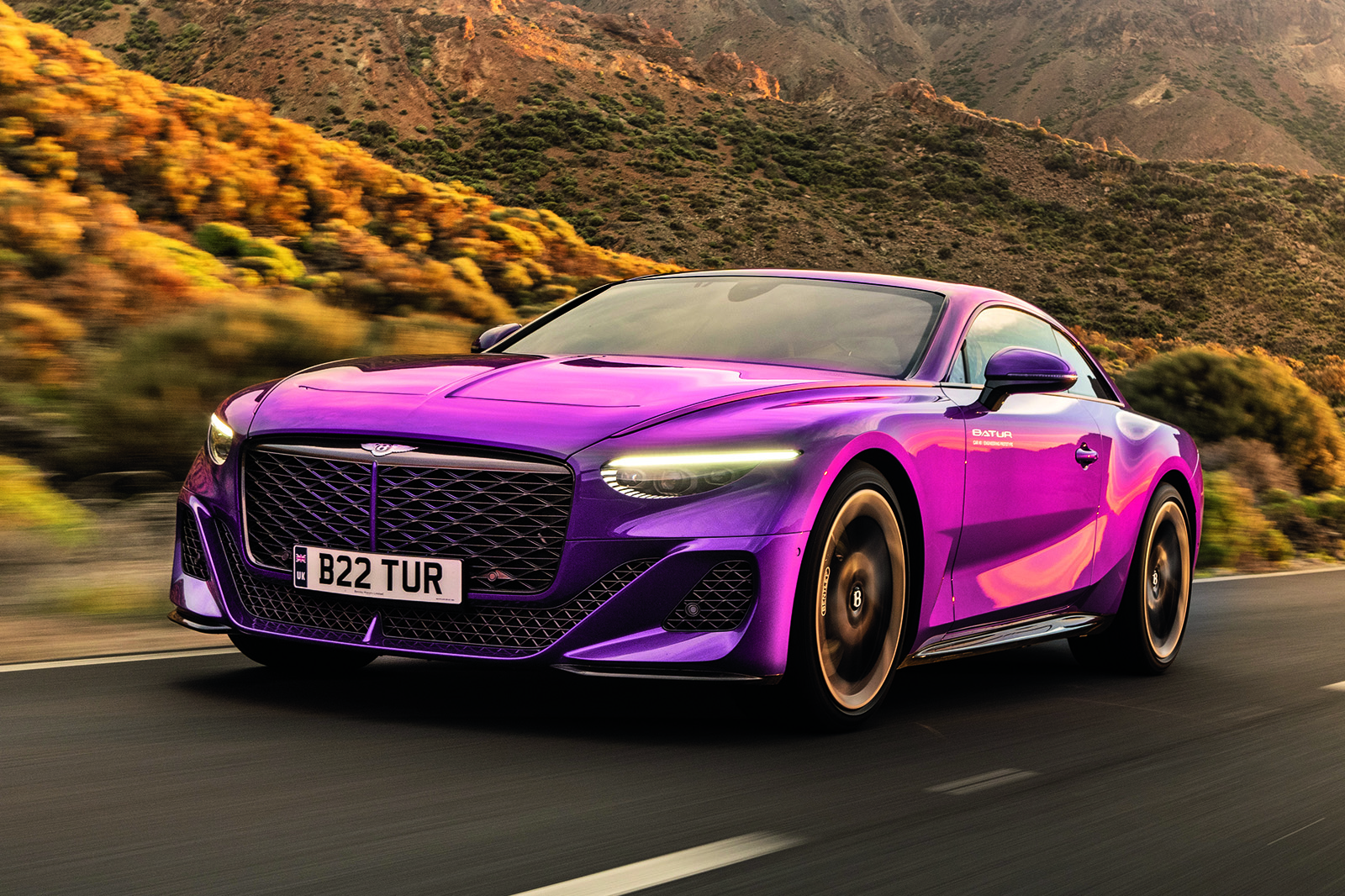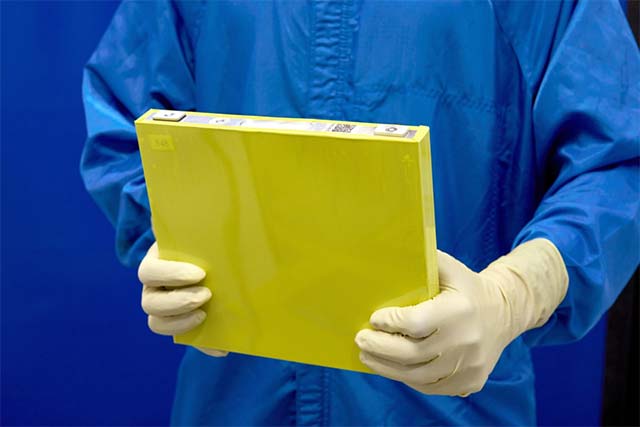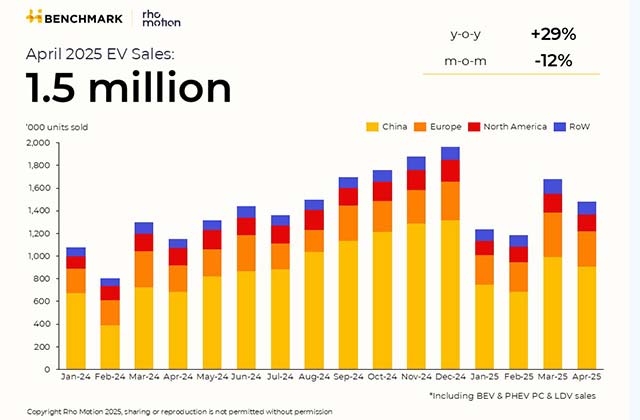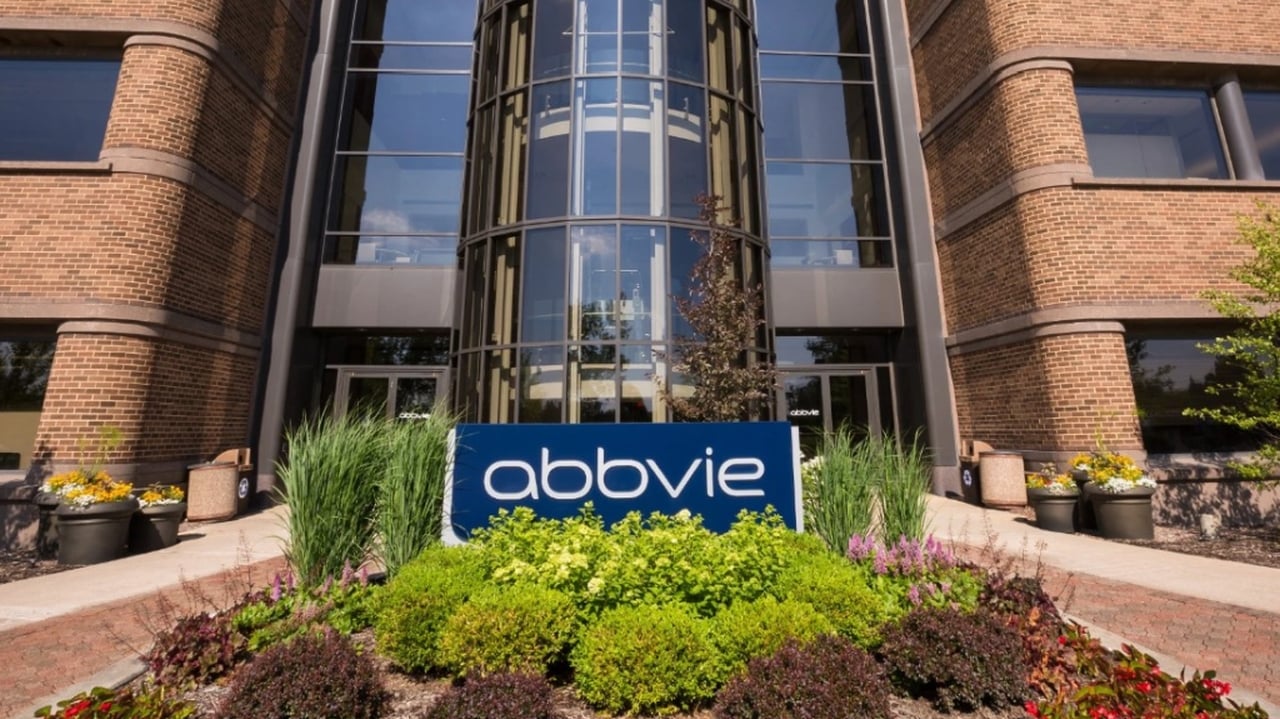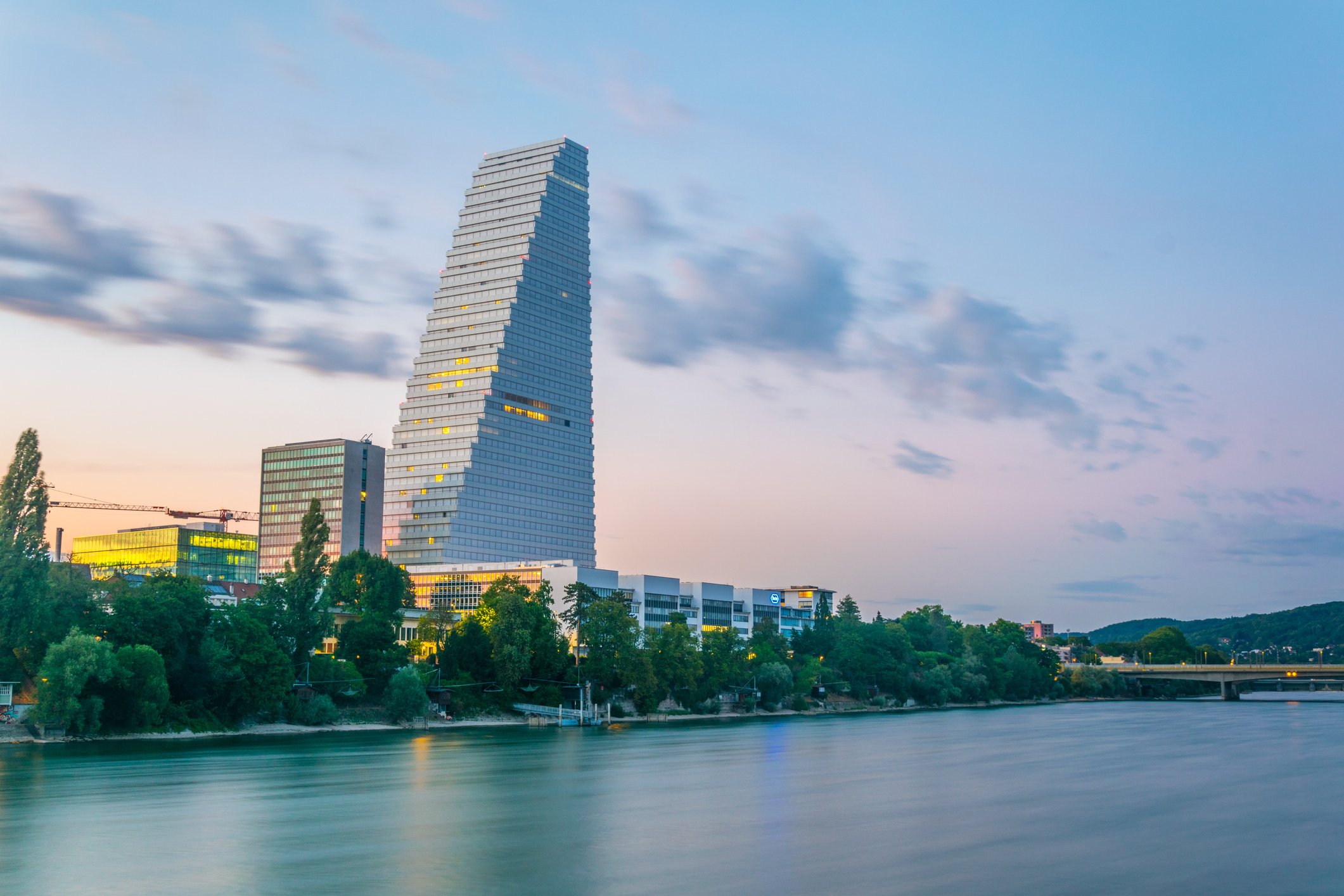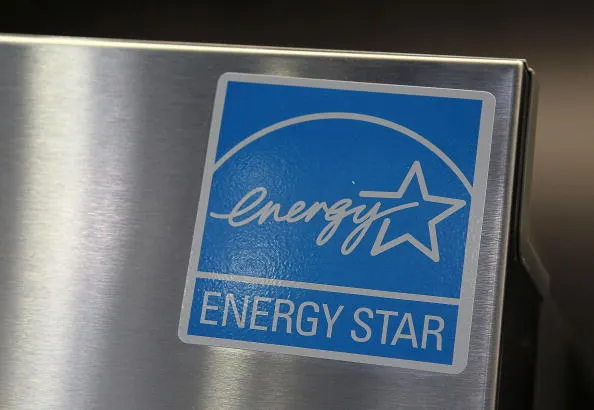Silvaner, Pinot Blanc and More: Try These ‘Other’ German White Wines
Go beyond Riesling and get to know the unique expressions of Germany's other white wines like Pinot Gris, Pinot Blanc, Silvaner and Scheurebe. [...] Read More... The post Silvaner, Pinot Blanc and More: Try These ‘Other’ German White Wines appeared first on Wine Enthusiast.
German wine is typically associated with Riesling, the nation’s most heralded and widely planted grape. Yet, beyond Riesling’s bright glare, Germany boasts a diversity of intriguing white wines.
In Rheinhessen, varieties like Silvaner, Pinot Gris and Pinot Blanc grow alongside Riesling. In Franken, Silvaner reigns supreme, while in Baden, Pinot Blanc and Pinot Gris are dominant. Additionally, developments in cross-breeding have introduced varieties like Scheurebe, Müller-Thurgau and Bacchus.
“It’s a part of our tradition to also grow Silvaner and the Burgundy varieties [Pinot Blanc and Pinot Gris],” says Philipp Wittmann, one of Rheinhessen’s finest Riesling producers. He says that while many examples can be found around the globe, a unique character lies in the “fruitiness and elegance of our German style. Grown in Germany, the wines are typically lower in alcohol.”
Katharina Wechsler, one of Rheinhessen’s new generation of winemakers, grows Silvaner, Scheurebe and a few other white varieties in addition to Riesling. “I am deeply in love with Riesling,” she says. “Nevertheless, I am closely connected to my origin, Rheinhessen, and the varieties that express and fit our soil type and climates. These varieties have a long history in this region, and it is a great feeling to interpret their stories my own way.”
With history, tradition and a wealth of world-class producers that make unique, site-expressive bottlings, it’s time to consider Germany’s “other” white wines.
Pinot Gris
Grauburgunder, or the “Grey Burgundian,” may not sound familiar, but it’s an alias for the trusty standby known as Pinot Gris or Pinot Grigio. A pale-skinned mutation of Pinot Noir, the grape originated in Burgundy and was planted widely in the north of France.
Historians believe the variety was most likely introduced to Germany by Cistercian monks via Alsace, the French wine region opposite Pfalz and Baden across the Rhine River.
Unlike other global examples that might contain some residual sugar, Grauburgunder is typically dry. Off-dry or sweet versions, often more floral in perfume, can be labeled as Ruländer. Grauburgunder has a fuller body than Pinot Grigio, with bold pear and citrus flavors, exotic spice and a hint of bitterness.
In the loess and shell-limestone soils of the Pfalz, Winemaker Hansjörg Rebholz, of Weingut Ökonomierat Rebholz, produces luminous, fruity Grauburgunder that bursts with notes of stone fruit, hay and almond.
Plantings of Grauburgunder at the organically farmed estate are less than its Riesling, Pinot Blanc and Chardonnay, but they hold historic significance for both Rebholz and the region itself.
Marc Weinreich, an organic winemaker in Rheinhessen, says the region’s cool, dry and sunny climate produces Grauburgunder with “depth, smoothness and minerality” in addition to a “balance between ripe and creamy notes as well as acidic structure.” Since taking over his family’s winery in 2009, he has added plantings of the Pinot varieties as well as Chardonnay.
While Riesling is produced at various quality levels, its sales are outnumbered by the sum of Weinreich’s other white wines.
Farther south, in Baden, the region’s most iconic bottlings, like those from Weingut Salwey, Weinhaus Dr. Heger or Weingut Franz Keller, are often sourced from old vines planted on the volcanic slopes of the Kaiserstuhl district.
Unlike easy-drinking, fresh-fruited styles that are vinified in stainless steel, premium Baden Grauburgunder is frequently fermented and matured in wooden barrels. Often identifiable by their Grosses Gewächs (great growth, or GG), Grosse Lage (grand cru) or Erste Lage (premier cru) classifications, they boast firmness, textural richness and smokiness that make the wines exceptionally ageworthy.
We recommend:
Salwey 2018 Eichberg GG Pinot Gris (Baden)
This is a showstopper, especially for this variety that is often misinterpreted. It shows leesy reduction on the nose, which actually adds to the charm as it meets the complex palate filled with beautiful white raspberry, jasmine, flint and thyme notes. It is a mouthful, unraveling a layer after layer, while remaining graceful and silky. Lip-smacking finish will invite you for more. Drink now through 2030. 95 points. — Aleks Zecevic $90 Tribeca Wine Merchants
Ziereisen 2020 Musbrugger Grauer Burgunder (Baden)
This is pale garnet in color, with a medium-bodied profile. Dusty tannins and vibrant acidity form a structure that supports bright and balanced flavors of white raspberry, citrus peel and rooibos tea. A spice-infused finish is long and inviting. 92 points. — A.Z. $35 Saratoga Wine
Friedrich Becker 2021 Family Dry Pinot Gris (Pfalz)
This is salmon-pink in color, featuring a crisp profile on the palate, with notes of cherry blossom and white raspberry. It has good structure and inviting, polished texture. 90 points. — A.Z. $24 Saratoga Wine
Pinot Blanc
A white mutation of Pinot Gris, Pinot Blanc originated in Burgundy, though plantings are far more widespread throughout Alsace and, to a lesser extent, in Champagne and northeast Italy. Around the world, the grape is often vinified identically to Chardonnay, and it’s even used as a stand-in when Chardonnay is scarce.
In Germany, Pinot Blanc has developed a reputation of its own. Known regionally as Weissburgunder, or the “White Burgundian,” it’s a historic grape with a strong foothold in Baden and the Pfalz. Increasingly, it’s embraced as a variety that reflects distinctions of German terroir.
“Chardonnay is forgiving with regards to terroir, but Pinot Blanc is not,” says Rudi Wiest, a veteran German wine importer. He says that Chardonnay can be grown almost anywhere and vinified to reflect any taste, while Pinot Blanc is more nuanced in its expression of origin.
“[Weissburgunder is] the Burgundy variety best adapted to our cool climate, one that reflects the expression of terroir and the fingerprint of our sites very well,” says Wittmann.
Light-footed, mineral Weissburgunder sourced from steep, slate slopes of the Mosel could not be more different from the pristine, fragrant expressions of the grape in Rheinhessen, or the bold, muscular wines of Baden.
Rebholz is a master of Pinot Blanc in the Pfalz. Despite being Germany’s foremost producer of Chardonnay, he treats Pinot Blanc with reverence, and grows it on prized limestone vineyards that highlight the grape’s subtle features.
In classic Burgundian style, Rebholz ferments and matures Chardonnay in small French barriques, but he maintains the fruit purity of Pinot Blanc. He vinifies even his premium bottlings in stainless steel.
“Pinot Blanc has a lot of natural structure, but you lose the influence of acidity and minerality with Pinot Blanc in oak,” says Rebholz. “You lose the freshness, the finesse.”
We recommend:
Ökonomierat Rebholz 2022 Siebeldingen Vom Muschelkalk Trocken Pinot Blanc (Pfalz)
This bottling delivers a charming, clean and precise style of a medium-bodied Pinot Blanc. It shows aromas of jasmine and oolong, while the palate displays a vibrant mix of nectarine, crisp apple and honeysuckle notes. Firm acidity provides the framework and lends this the potential for aging. 91 points. — A.Z. $65 Wine Country Connection
Ziereisen 2020 Lügle Weissburgunder (Germany)
Maximin Grünhäuser 2021 Pinot Blanc (Mosel)
Very slight oxidative notes lurk here, but the stunning flavors of pear and quince, coupled with Fleur de Sel and blanched almond take over and light up the stage. The finish is pure. 91 points. — A.Z. $30 Wally’s
Pflüger 2021 Quarzit Pinot Blanc (Pfalz)
This shows slight lees reduction, but opens up to show plenty of quince and white cherry, coupled with lavender notes. It sports a pleasant mouthfeel with a finish that lures you in for more. 90 points. — A.Z. $31 Solano Cellars
Silvaner
Silvaner is the comeback kid of Germany’s white wines. An ancient cross between lesser-known grapes Traminer (also known as Savagnin) and Österreichisch-Weiss, its cultivation here has been recorded since at least the 17th century.
When pushed to high yields, Silvaner is a formidable workhorse that was historically used in fruity, forgettable bulk wines. In its cool, continental heartland of Franconia, however, Silvaner was esteemed for its green-fruited, herbaceous attributes and opulent, textural palate.
In recent years, winemakers throughout Germany, but especially in Franken and Rheinhessen, have sparked a renaissance for the much-maligned grape.
At Weingut Rainer Sauer in Franken, 65% of the estate is planted with Silvaner. The winery’s top site, Escherndorf Am Lumpen, is a steep, south-facing “lump” of weathered shell-limestone acclaimed for creating muscular, concentrated wines, often with lingering earthy complexities.
Silvaner was once the dominant grape in Rheinhessen, but it waned, and plantings were ripped out as the region shifted toward premium wine production over the past few decades.
“When my father took over the winery in 1985, Silvaner covered nearly 50% of the vineyards,” says Sebastian Strub, a 12th-generation winemaker in Rheinhessen. He says that his father focused on Riesling and, “after some years, Silvaner was totally erased in our portfolio.”
Strub fell in love with Franconian Silvaner while he studied at Geisenheim University, and he decided to revitalize the variety at his family winery. Rather than planting the typical Rheinhessen clones that he found uninteresting, Strub opted for rare 19th-century clones from Würzburg, in the heart of Franken. The gamble paid off—he says the vines thrived in the winery’s red sandstone and slate vineyards.
“It’s absolutely clear that Silvaner deserves its place among the best classic grape varieties in Germany,” says Strub. “It’s not just the clone that makes Silvaner unique. Silvaner reacts sensitively to the soil it is grown on and brings the minerality of the terroir into the wine. It’s necessary to grow Silvaner on extraordinary soil to make it unique.”
We recommend:
Hans Wirsching 2020 Iphöfer Julius-Echter-Berg GG Silvaner (Franken)
This is lush, with its sleek texture caressing the palate, while offering nuances of white tea, white pepper, vanilla spice and crisp apple. A touch of smoky sage adds to the character on the edges as this shows great harmony between all the elements. The finish is long, combining the floral and mineral elements that lure you in for more. 93 points. — A.Z. $95 Wine.com
Andi Weigand 2022 Dreamin’ Of Sharin’ Love Silvaner (Germany)
This is cloudy in appearance, but don’t let that deter you, as this shows beautiful notes of apple cider, passion fruit and ground ginger. It is distinctive and charming, featuring a light body, yet firm frame with slight chalkiness adding texture on the finish. 90 points. — A.Z. $33 608 Franklin Wines
Scheurebe
Scheurebe isn’t what most would consider a shy variety, or a straightforward one. It often exhibits pronounced and layered characteristics, from intense, tropical lychee and passion fruit to black currant bush and mint, lime sorbet and feline essence. It’s sweet yet salty, brassy yet floral, and everything in between.
Compared to ancient, pedigreed grapes like Riesling or Silvaner, Scheurebe is a modern and ignoble grape developed in 1916 by German viticulturalist Dr. Georg Scheu in Rheinhessen. It’s a unique cross between Riesling and a wild vine called Bukettraube, an aromatic variety also known as the “bouquet grape.”
Scheurebe was first established in Rheinhessen, though it proliferated subsequently throughout the Pfalz, Nahe and Franken. While bred primarily for resistance to frost and iron deficiency, its ebullient, fruity flavors, bold perfume and pert, acidic backbone can yield dry, off-dry and dessert-style wines of surprising elegance and quirkiness.
The grape’s fresh-fruit characteristics and herbal, earthy inflections make it an easy alternative to the more common Sauvignon Blanc, as well as an ideal companion for vegetable-heavy dishes. In the best of hands, producers like Weingut Hans Wirsching and Weingut Schmitt’s Kinder in Franken, or Weingut Pfeffingen in the Pfalz, the variety can yield surprising complexity and ageworthiness.
“Scheurebe used to be a variety for cheap, sweet wines, easy to drink, but with no character,” says Wechsler. “Times have changed.”
Wechsler’s Scheurebe varies from new plantings to 45-year-old vines. She believes that when harvested from Rheinhessen’s limestone soils, and particularly chalk, Scheurebe takes on an effusive, pink-grapefruit expression.
Together with his brother Jan, Weinreich produces a second label of wines called Natürlich Weinreich. It’s an irreverent, experimental lineup inspired by natural wine pioneers in France, Italy and Spain. For Weinreich, grapes like Scheurebe and Bacchus—another German variety bred initially for productivity and cold heartiness—are compelling as local alternatives to international varieties like Sauvignon Blanc.
We recommend:
Pfeffingen 2022 Dry Scheurebe (Pfalz)
This will lure you in with its seductive elderflower aroma, then it wraps you in its silky texture on the palate, where it displays flavors of blood orange, white raspberry and nectarine. Rosewater hints add another layer, as this finishes with spice and mineral accents. 91 points. — A.Z. $26 Winefeed
Hans Wirsching 2021 Trocken Scheurebe (Franken)
There is plenty of spice behind the allure of passion fruit and orchard blossom notes that keep you reaching for more, as the mouthwatering finish sweeps it all. 90 points. — Aleks Zecevic $23 K&L Wines
More German Wine Coverage
- These are the top-rated German dry wines.
- From Riesling to Pinot Noir, a guide to ageworthy German wine.
- The best Gewürztraminer to drink right now.
- An insider’s guide to Mosel.
- 6 regions that bring out the best in German wine.
The post Silvaner, Pinot Blanc and More: Try These ‘Other’ German White Wines appeared first on Wine Enthusiast.













